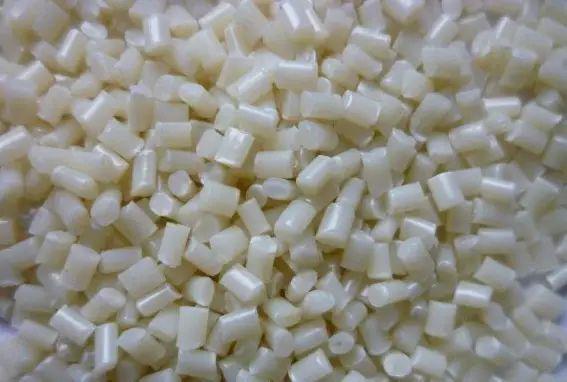ABS is one of the commonly plastic materials , let us learn more about it together .
1.Properties of ABS
ABS is synthesized from three chemical monomers: acrylonitrile, butadiene and styrene. (Each monomer has different properties: acrylonitrile has high strength, thermal stability and chemical stability; butadiene has toughness and impact resistance; styrene has easy processing, high finish and high strength. The polymerization of the three monomers produces a ternary copolymer with two phases, one is the continuous phase of styrene-acrylonitrile, and the other is the dispersed phase of polybutadiene rubber.)
From the morphological point of view, ABS is a non-crystalline material with high mechanical strength and good comprehensive properties of “toughness, toughness and steel”. It is an amorphous polymer. ABS is a general-purpose engineering plastic with various varieties and wide applications. It is also called “general-purpose plastic” (MBS is called transparent ABS). ABS is easy to absorb moisture, with a specific gravity of 1.05g/cm3 (slightly heavier than water), low shrinkage (0.60%), stable size, and easy molding and processing.
The characteristics of ABS mainly depend on the ratio of the three monomers and the molecular structure in the two phases. This allows for great flexibility in product design, and as a result, hundreds of different qualities of ABS materials are available on the market. These different qualities of materials offer different properties, such as medium to high impact resistance, low to high finish and high temperature distortion properties. ABS materials have superb processability, appearance characteristics, low creep, excellent dimensional stability and high impact strength.
ABS is a light yellow granular or beaded opaque resin that is non-toxic, odorless, has low water absorption, has good comprehensive physical and mechanical properties, such as excellent electrical properties, wear resistance, dimensional stability, chemical resistance and surface gloss, and is easy to process. The disadvantages are poor weather resistance and heat resistance, and flammability.
2.Process characteristics of ABS
2.1 ABS has high hygroscopicity and moisture sensitivity. It must be fully dried and preheated before molding (at least 2 hours at 80~90C) to control the moisture content below 0.03%.
2.2 The melt viscosity of ABS resin is less sensitive to temperature (unlike other amorphous resins). Although the injection temperature of ABS is slightly higher than that of PS, it does not have a wide temperature rise range like PS. Its viscosity cannot be reduced by blindly raising the temperature. Its fluidity can be improved by increasing the screw speed or injection pressure. The general processing temperature is 190-235℃.
2.3 The melt viscosity of ABS is medium, which is higher than that of PS, HIPS, and AS. It needs to be brewed with a higher injection pressure (500~1000bar).
2.4 The brewing effect of ABS material is better with medium and high injection speeds. (Unless the complex shape and thin-walled parts require a higher injection speed), the product water inlet is prone to gas marks.
2.5 ABS molding temperature is relatively high, and its mold temperature is generally adjusted at 25-70℃. When producing larger products, the temperature of the fixed mold (front mold) is generally slightly higher than that of the movable mold (rear mold) by about 5℃. (Mold temperature will affect the finish of plastic parts, and lower temperature will lead to lower finish)
2.6 ABS should not stay in the high-temperature barrel for too long (should be less than 30 minutes), otherwise it will easily decompose and turn yellow.
3. Typical application range:
Automobiles (instrument panels, tool hatches, wheel covers, mirror boxes, etc.), refrigerators, high-strength tools (hair dryers, blenders, food processors, lawn mowers, etc.), telephone housings, typewriter keyboards, recreational vehicles such as golf carts and jet snowmobiles, etc.



